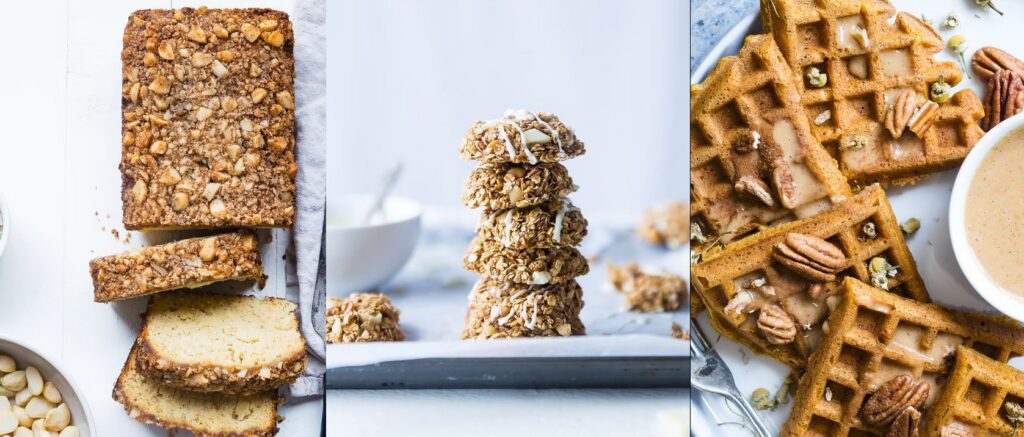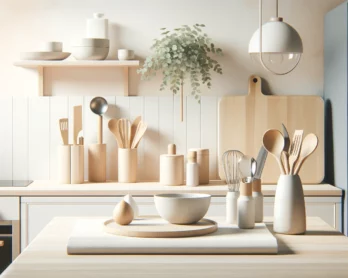Regardless of whether a professional has diagnosed a person or has undertaken a two-week food elimination trial on his or her own. It is important to take the decision to go gluten-free seriously.
The human body will stop creating the enzymes that break down gluten if it is not ingested; this is a permanent decision, not a fad or a weight-loss gimmick. Going gluten-free takes dedication and hard work, it is important to keep in mind the long-term goals associated with switching to this diet plan.
Step 1: Get Educated
The first and most important step in getting educated about eating gluten-free is understanding what foods and ingredients contain gluten. Print out two copies of this resource and post one on the refrigerator door, and keep the second copy with shopping lists so it is on hand in the grocery store.
Do research online about available local resources. There are often groups, meet-ups, recipe swaps, and online forums that have a plethora of information about stores, restaurants, and products in a local area with gluten-free products and services.
Don’t panic! At this point in the process, it’s easy to get overwhelmed. Help is out there, resources abound, and this is not insurmountable.
Step 2: Take Stock of the Kitchen
With the ingredients list in hand, go through absolutely everything in the kitchen checking for gluten. Obvious sources would be bread, pastas, cereals, and processed foods in boxes or cans. Check processed foods you wouldn’t expect to see gluten in including rice dishes because many rice mixes also include orzo pasta or wheat as a thickener in the sauce.
Less obvious places to check for gluten in the kitchen:
- soy sauce and other condiments, particularly salad dressings
- spices, especially mixed salts, and vanilla extract
- broths, bouillons (canned or dried) and soup stock/soup starters, gravy mixes
- canned soups (often use wheat as a thickener)
- cold cereal, oats, or oatmeal that do not specify “gluten-free” on the package
- any items where the ingredients list is missing or illegible
- frozen dinners, frozen vegetables with sauces
- Pre-prepared chicken often has gluten in the seasoning
Step 3: Make a Kitchen Decision
Some families, particularly those with small children who must follow a gluten-free diet, choose to take the entire family gluten-free. This means that even those individuals who can tolerate gluten eat primarily gluten-free foods in the home. (These people should eat foods that contain gluten outside the home roughly once a week to maintain proper digestive enzymes.)
Other families choose to have a combined kitchen – one in which it separates the gluten-free items and gluten-intolerant prepared them individually. Be aware that this option may seem easier to begin with. However, there is a danger of cross-contaminating gluten-free food if it prepares foods on the same surfaces or uses the same utensils. If a family is more comfortable with a little extra cleaning and care, this is still a viable option.
If a combined kitchen is the way to go, be sure to separate all items containing gluten and store them in a separate part of the cupboard or refrigerator. Using brightly-colored electrical tape is one way to mark items in the freezer that are not safe.
If the kitchen will be 100% gluten-free, donate unopened boxed and canned items to a local shelter or food drive. See if friends or coworkers would like to use up the rest of opened spices or frozen meals.
Step 4: Cleaning and Washing
If a family’s entire kitchen is going gluten-free, then you need to make a thorough cleaning only once (at least with gluten in mind). Pay attention to potential sources of contamination: the toaster, bread machine, and pots used to make pasta.
If the entire family is not going gluten-free, it is a good idea to separate a small pot or pan and a few utensils that are only used to prepare gluten-free food. Marking them and storing them in a separate portion of the cupboard will ensure that the food intolerant person doesn’t accidentally eat gluten.
Sharing a Gluten-Free Kitchen With a Non-Celiac
| Image sources |
|---|










